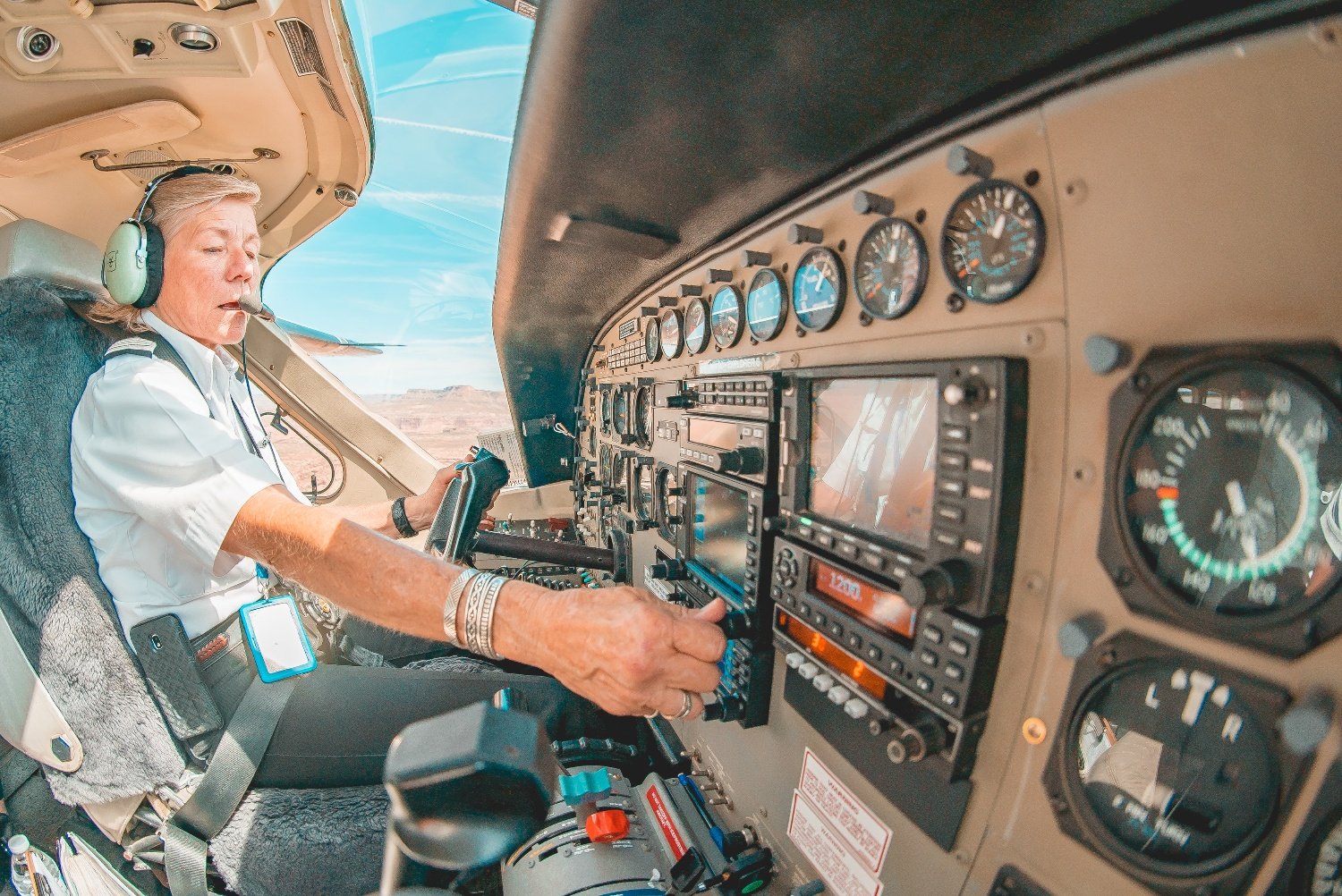Everything You Need to Know About Instrument Rating Requirements
An instrument rating is a logical and practical next step after acquiring a private pilot certificate. If you will be pursuing a career in aviation as an airline pilot, or flying in almost any commercial capacity (with very limited exceptions for local scenic flights or dropping skydivers), an instrument rating is necessary.
Even if you do not plan to fly as a career, getting your instrument rating will ensure that you are a better equipped and more experienced pilot. By its very nature, the process of getting your instrument rating will give you experience, as you will log additional hours of instrument and cross country flight.
What You’ll Learn Before You Become an Instrument Rated Pilot
Getting your instrument rating will make you a safer pilot, and if you own an aircraft, your insurance rates should be lower with an instrument rating than without one. Some of the things you will learn while getting your instrument rating include the following:
- How each of your instruments in your aircraft work, like the altimeter, airspeed indicator, attitude indicator, and rate of turn indicator
- How to read back an IFR clearance, quickly reciting back your route, altitude, departure frequencies, and transponder setting (squawk)
- How to meet crossing restrictions and when to start an approach or arrival
- How to read instrument flight rules (IFR) charts and identify minimum en route altitude (MEA), minimum reception altitude (MRA), missing crossing altitude (MCA), and minimum obstruction clearance altitude. Beyond identifying them on an IFR chart, you should also be able to explain the difference between these altitudes.
- How to brief an approach
- How to identify disorientation illusions and landing illusions
- How to utilize standard procedures for lost communications if you lose your radios (lost comm procedures)
- How to fly a DME Arc and holding pattern
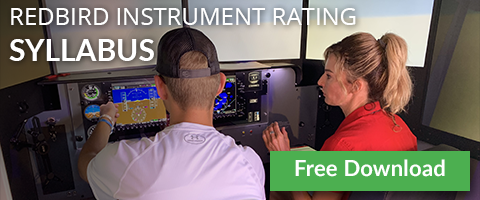
Basic Instrument Rating Requirements
The FAA has very specific requirements for being eligible for an instrument rating, which can be found in 14 CFR § 61.65 - Instrument rating requirements. To get your instrument rating, you must satisfy the following requirements:
- Hold at least a private pilot certificate
- Be able to speak English
- Take a ground school training course or receive ground training from an authorized instructor
- Receive a logbook endorsement certifying you are prepared for the FAA knowledge test
- Pass the required FAA knowledge test (aeronautical knowledge)
- Receive flight instruction on the areas of operation necessary for an instrument rating
- Pass the required practical test
You must also have a valid medical certificate and be at least 17 years old (the minimum age to get your Private Pilot Certificate).
Related Content: Should You Fly Under BasicMed?
Understanding “Part 141” vs. “Part 61” Instrument Rating Requirements
Many years ago, a group of flight schools proposed to the FAA that if they met strict standards and had a set curriculum of training, they could reduce the number of flight training hours required for pilots to receive their ratings. This was how “Part 141” flight schools came to be. If you train at a Part 141 flight school, then you could be eligible to get your instrument rating in less time than someone that learns with a “Part 61” flight school, or with an independent certified flight instructor (CFI).
However, being able to take your practical test sooner is not automatic, and you must pass stage checks along the way and receive sign-off from your instructor and an examiner. Some people simply take more time to learn than others, and just because you go to a Part 141 flight school does not mean that you will get your ratings in less time or save more money than if you train in a Part 61 flight school or with an independent CFI.
Only you can decide what works best for you. When selecting an instructor or flight school, consider your ideal timeline and the instructor’s availability, as well as the availability of other aircraft if your primary training aircraft is down for maintenance or annual.
Related Content: 3 Tips to Consider If You're Thinking About an Instrument Rating
Flight Hour Requirements and Time-Building
Part 61 instrument flight training does have one big difference from Part 141 instrument flight training. Under Part 61, you must accumulate 50 hours of cross country flight time. The “Aeronautical experience for the instrument-airplane rating” section of 14 CFR § 61.65 states that you must log the following:
- Fifty (50) hours of cross-country flight time as pilot in command, of which 10 hours must be in an airplane AND:
- Forty (40) hours of actual or simulated instrument time, of which 15 hours must be received from an authorized instructor who holds an instrument-airplane rating.
Under Part 141, the minimum instrument hours requirement is 35 hours and there is no requirement for cross-country flight time.
Whether you complete your training Part 61 or Part 141, you must also complete what is referred to as your long IFR cross-country flight, which must include the following:
(A) A flight of 250 nautical miles along airways or by directed routing from an air traffic control facility;
(B) An instrument approach at each airport; and
(C) Three different kinds of approaches with the use of navigation systems.
For example, your three approaches might be an ILS approach, an RNAV approach, and a VOR approach. My IFR cross country flight was from KCRQ-KONT-KBWC-KHII, and I completed instrument approaches at ONT, BWC, and HII. I completed the flight at night and mostly while wearing foggles, a view-limiting device.
You will determine an appropriate flight with your instrument instructor (CFII). If you are paying as you go for your aircraft rental and flight training, this will likely be the most expensive part of your training curriculum, so be prepared.
Real-Life Tip
If your cross-country flight is not a route your instructor has done before with a student, be very careful that it checks all the boxes for eligibility, as your Designated Pilot Examiner (DPE) will review your logbook on your checkride. If it seems close, do not be afraid to have someone double-check your calculations. There have been heartbreaking occurrences of flights being only 248 miles, and pilots having to completely redo this long and expensive IFR training flight and delay their checkride.
Keep in mind that three hours of your IFR training must be within two calendar months of the practical test. This should be easy to accomplish even if you are doing a lot of practicing on your own.
Using a Flight Simulator for IFR Training
Whether you go to a Part 141 or Part 61 flight school, you should be able to use a flight simulator to reduce the costs of your instrument flight training. In addition to the training advantages of flight simulators, the FAA recognizes that you may not live in an area where there are IFR conditions, and it may be even more challenging to find an instructor during IFR conditions.
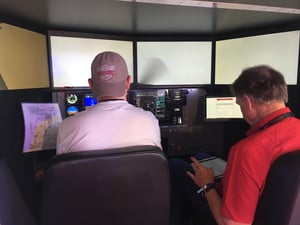 You can log “simulated” instrument time either with a view limiting device during VFR conditions (and you MUST have a safety pilot) or by flying in an FAA-approved flight simulator. Under § 61.51(g) Logging instrument flight time: (4) A person may use time in a full flight simulator, flight training device, or aviation training device for acquiring instrument aeronautical experience for a pilot certificate or rating provided an authorized instructor is present to observe that time and signs the person's logbook or training record to verify the time and the content of the training session.
You can log “simulated” instrument time either with a view limiting device during VFR conditions (and you MUST have a safety pilot) or by flying in an FAA-approved flight simulator. Under § 61.51(g) Logging instrument flight time: (4) A person may use time in a full flight simulator, flight training device, or aviation training device for acquiring instrument aeronautical experience for a pilot certificate or rating provided an authorized instructor is present to observe that time and signs the person's logbook or training record to verify the time and the content of the training session.
Instrument Time Allowances
Here are the instrument time allowances for each level of flight simulator.
Full Flight Simulator and Flight Training Device
- A maximum of 30 hours can be logged in a Full Flight Simulator or Flight Training Device if the instrument time is completed in accordance with Part 142
- A maximum of 20 hours can be logged in a Full Flight Simulator or Flight Training Device if the instrument time is not completed in accordance with Part 142
- However, under Part 141, credit for training in a Full Flight Simulator cannot exceed 50 percent of the total flight training hour requirements of the course or of this section (whichever is less) and credit for training in a Flight Training Device (or a combination of a Flight Training Device and an Aviation Training Device) cannot exceed 40 percent of the total flight training hour requirements of the course or of this section (whichever is less)
Advanced Aviation Training Device
- A maximum of 20 hours of instrument time can be received in an Advanced Aviation Training Device in accordance with § 61.65(i)
- Under Part 141, credit for training in an Advanced Aviation Training Device (or a combination of an Advanced Aviation Training Device and Flight Training Device) cannout exceed 40 percent of the total flight training hour requirements of the course or of this section (whichever is less)
Basic Aviation Training Device
- A maximum of 10 hours of instrument time can be received in a Basic Aviation Training Device in accordance with § 61.65(i)
- Under Part 141, credit for training in a Basic Aviation Training Device cannot exceed 25 percent of the total training hour requirements permitted under the paragraph
Under Part 141, credit for training in full flight simulators, flight training devices, and aviation training devices if used in combination, cannot exceed 50 percent of the total flight training hour requirements of the course or of this section, whichever is less. However, credit for training in a flight training device or aviation training device cannot exceed the limitation mentioned above.
It may seem like a lot of boxes to check, but once you have your private pilot certificate, you should be able to get your instrument rating within a short period. A good starting point for your instrument rating is to work through ground training and complete the FAA knowledge test as early on as possible.
A test prep program may be very helpful, as the instrument rating knowledge test is challenging, with a very large question bank. Once you have gotten that out of the way, you’ll be able to focus on the fun part - flying!
Share this
You May Also Like
These Related Articles
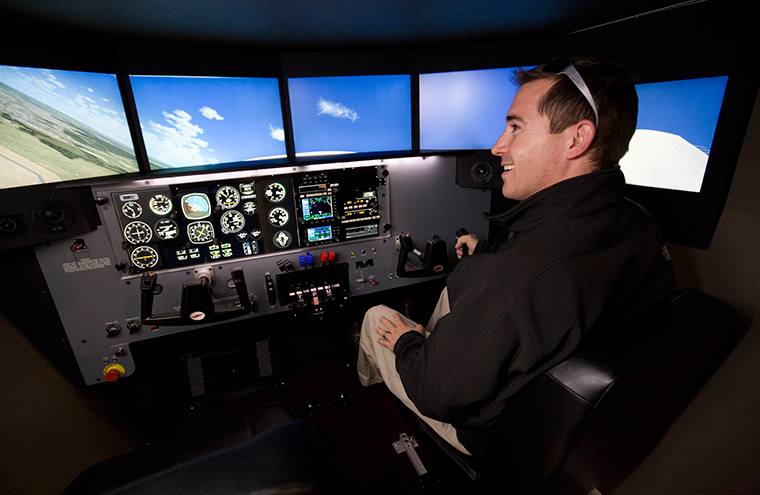
The A to Z of ATDs
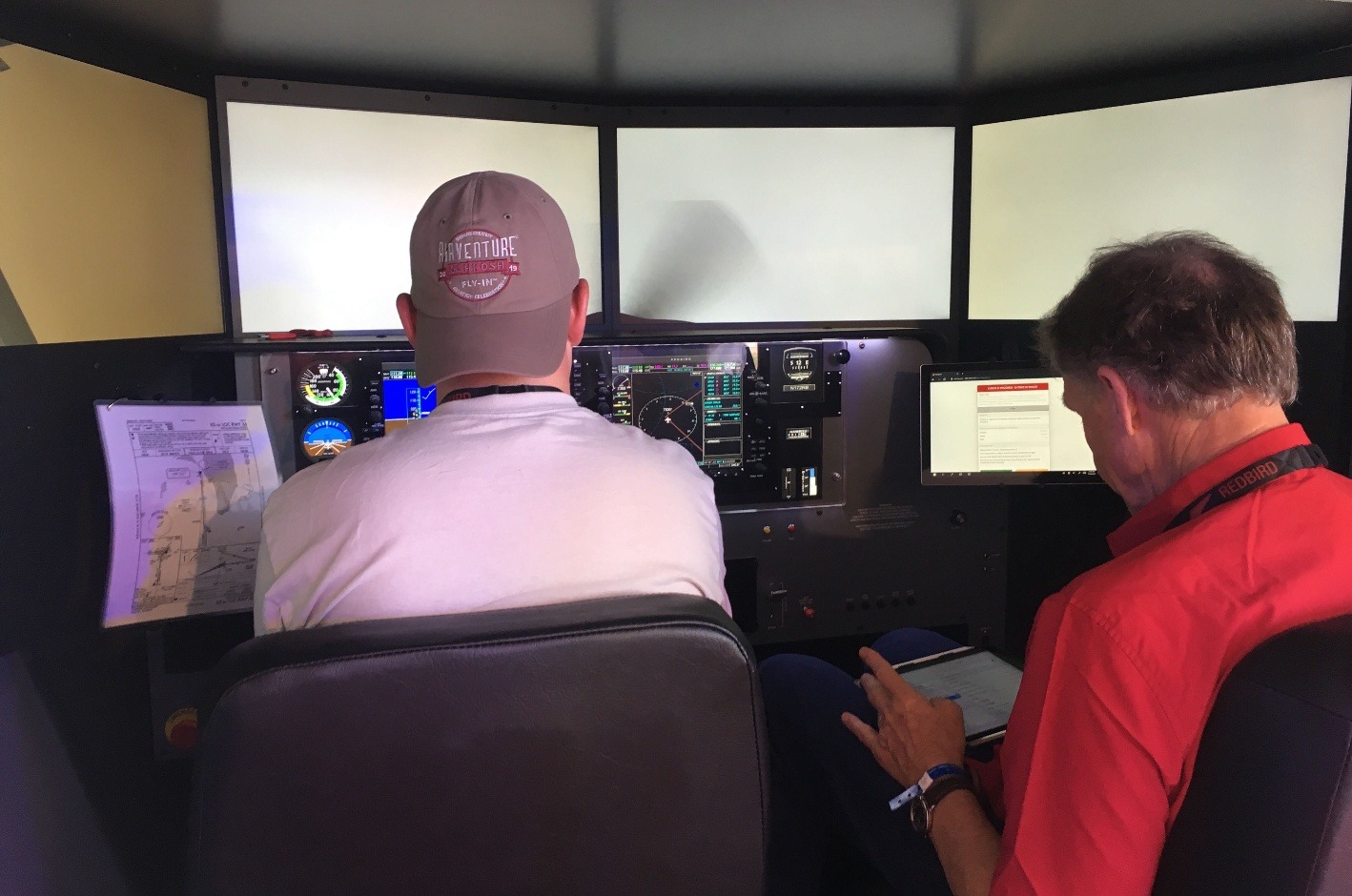
How Can You Reduce Your Instrument Rating Costs?
